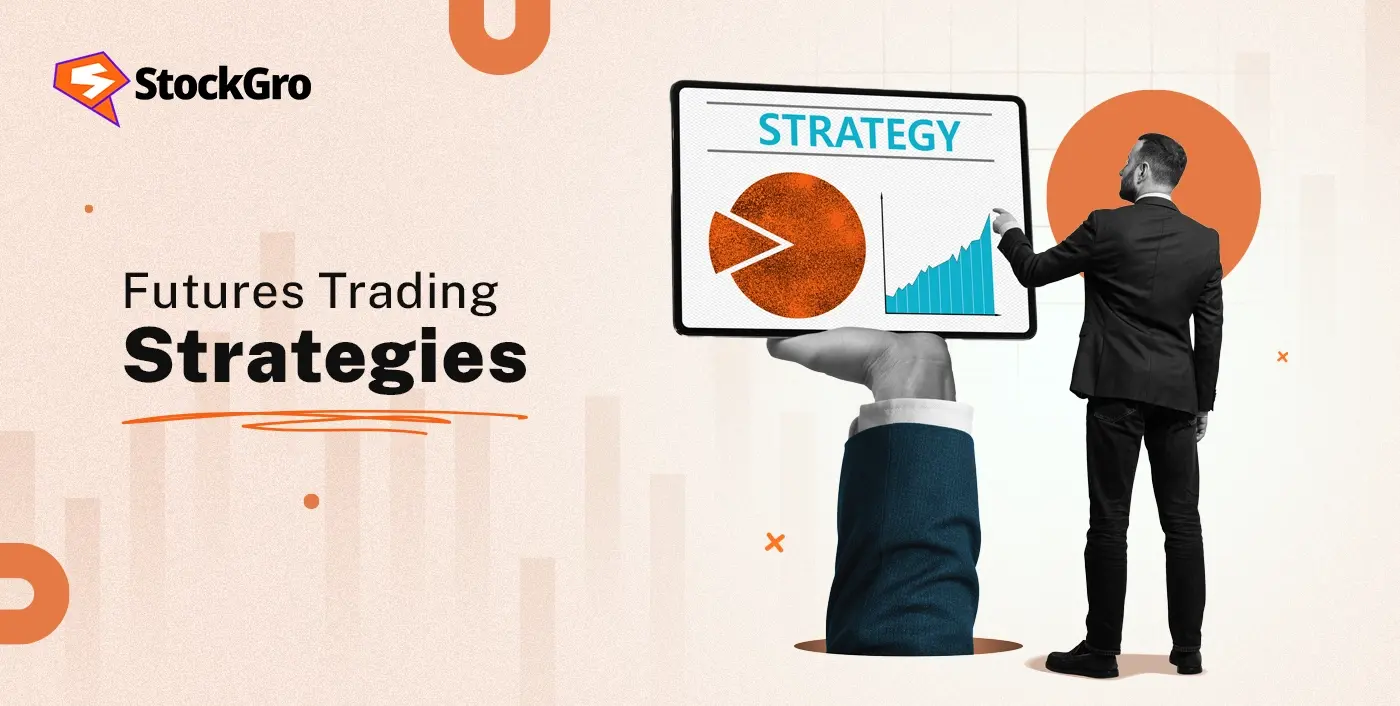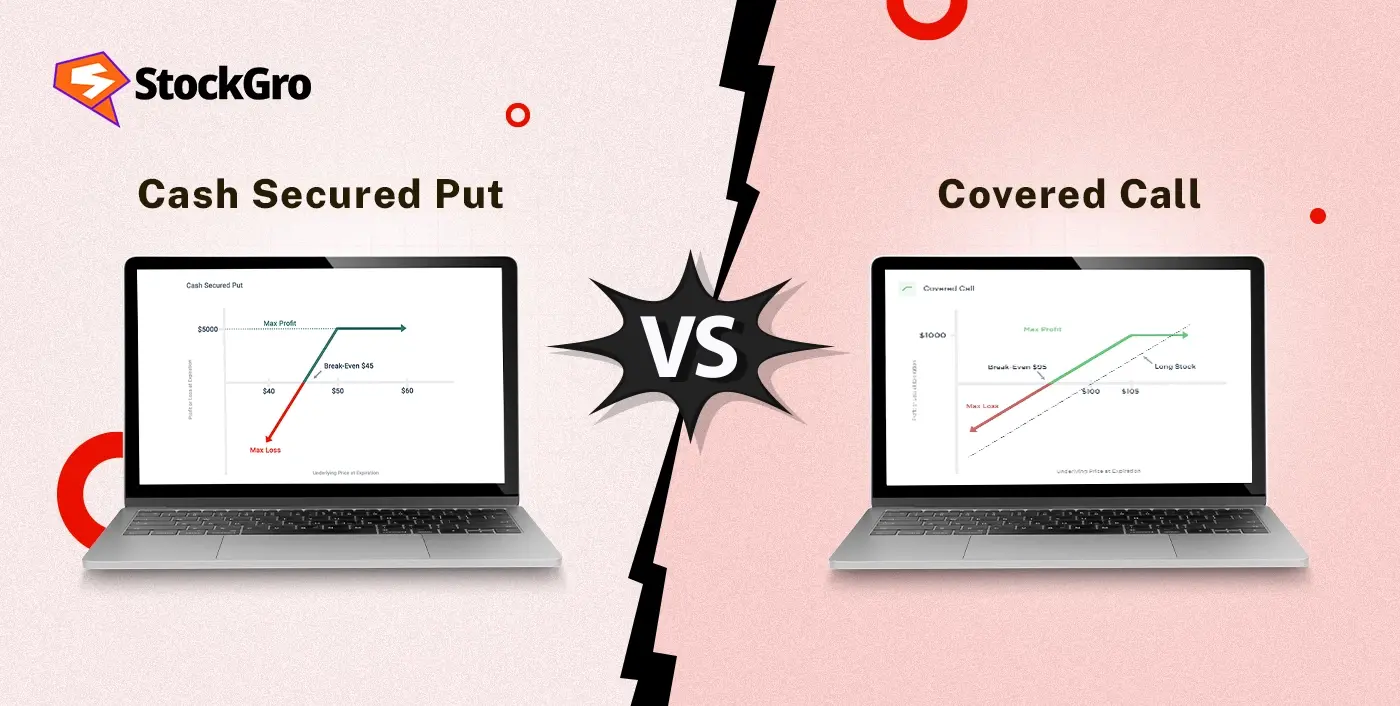
A lot of people think that only those with experience trading on Wall Street or Dalal Street should try their hand at futures. Most people see brash traders who whip out their calculators and make deals for crores in a matter of seconds.
This picture, however, is out of date in the modern world. A lot more people are now able to participate in futures trading. Futures contracts are becoming more accessible to a wider audience in India, thanks to the proliferation of trading apps among students, young professionals, and those without expertise in finance.
Having said that, ease of use is not the same as accessibility. Futures are a potent tool. They have the ability to increase earnings, but they also have the capability to increase losses. Trading futures without a proper strategy is more of a game of chance than a test of competence. At this time, strategies are quite important.
So, let’s break it down step by step.
What is Futures Trading?
Futures trading is essentially a two-party contract. An agreement to purchase or sell “something” at a predetermined price at a later date is made today. What exactly is the “something”?
- Stock futures
- Index futures
- Commodity futures
- Currency futures
The main takeaway is that sometimes, having physical ownership of the asset isn’t what truly matters to most of the traders. Many futures traders typically don’t actually take delivery of wheat or barrels of crude oil. They focus solely on the fluctuations in price.
To illustrate, let’s say you invest ₹3,000 in a Reliance Industries futures contract. Just before the contract expires, the price surges to ₹3,050, allowing you to profitably sell your investment. However, you will be the one to take the hit if the price drops to ₹2,950.
Futures are instruments that involve leverage. You won’t have to cover the entire amount of the contract. Instead, you’ll find yourself paying only a margin of the contract value.
For example: You might only have to put down ₹2 lakhs with your broker if the contract is worth ₹10 lakhs if the margin is 20%. Gains are amplified, but risk is also increased. You can lose a lot of money with only a little percentage change.
This leverage makes futures trading a high-risk endeavour if done haphazardly.
Top Futures Trading Strategies
Let’s break down the main futures trading strategies one by one.
1. Hedging Strategy
Hedging strategy represents the most cautious approach to utilising futures. It focuses on minimising risk instead of pursuing profit.
For example: You have got 200 shares of Infosys tucked away as a long-term investment. There’s a concern that the IT sector might experience a decline in the coming months. One way to safeguard your interests is by selling Infosys futures. When the stock price eventually dips, the gains from your futures position can help offset the losses in your shares.
Steps to apply hedging:
- Determine whether you wish to lessen your exposure to stock, commodity, or currency risk.
- Find out how many futures contracts you will need to hedge against that risk.
- Opposite your cash market holding, place a futures deal.
- When the risk period ends, you should get out of the futures trade.
The goal of hedging is stability, not profit maximisation.
2. Spread Trading Strategy
Spread trading is the simultaneous purchase and sale of futures contracts. The focus should be on capitalising on the price differential rather than the general market trend.
Types of spreads:
- Calendar spreads: For example, buying December Nifty futures and selling January Nifty futures.
- Inter-commodity spreads: For example, buying crude oil futures and selling natural gas futures.
- Inter-market spreads: For example, trading the same asset across two different exchanges.
Spreads are comparatively safer than since profits from one leg usually cancel out losses from the other.
Steps to apply:
- Choose a pair of linked contracts, whether they involve the same asset and have different expiration dates or related assets.
- Examine the spreads in prices throughout time.
- If the spread is significantly wider or narrower than average, you should enter the market.
- Get out whenever the spread is back to normal.
Since both contracts are liquid on NSE, calendar spreads are the most practical for retail traders.
3. Trend Following Strategy
Trend following method has worked for a long time and is still a favourite of many.
- How it works: You should make your moves based on whether the market is going up or down.
- Tools used: Moving Averages (50-day, 200-day), MACD, and ADX (Average Directional Index).
- Example: If Nifty futures consistently stay above their 50-day moving average and volume supports the move, traders may go long.
Steps to apply:
- Select the asset you want to focus on.
- Utilise trend indicators such as moving averages and ADX.
- Go with the flow of the trend, not against it.
- To protect yourself from sudden changes in the market, set up stop-loss orders.
The real discipline comes from sticking with the trend and not leaving too quickly.
4. Breakout Strategy
Breakout strategy common for markets to settle into a tight range before they decide to make a significant shift. Traders looking to break out are eager to seize this opportunity right from the start.
How it works: Look for price points where the market seems to be at a standstill. If it pushes through with significant volume, consider entering the trade in that direction.
Example: Nifty futures stuck between 22,000–22,200. A move above 22,200 with high volume may trigger a buy trade.
Steps to apply:
- Identify and mark the support and resistance levels on your charts.
- Keep an eye out for the price to break through these levels with solid volume.
- Check using indicators like RSI and MACD.
- Jump in swiftly and place your stop-loss close to the breakout point.
Breakouts have the potential to yield significant profits, but they also carry the risk of misleading signals. Having patience is essential.
5. Scalping Futures
Scalping is all about executing numerous trades throughout the day, with each one targeting modest gains.
- How it works: You can jump in and out of trades in just a few minutes. The emphasis is on highly liquid instruments.
- Requirements: To be successful, you need to be able to act quickly, have a low broker cost contract, and be very disciplined.
- Risks: Be advised that it can be very stressful and may not be the best choice for people who want to trade casually.
Steps to apply:
- Choose contracts that have a lot of liquidity.
- Consider utilising 1-minute or 5-minute charts.
- Jump in on minor price shifts, then make a swift exit.
- Implement a strict stop-loss to help protect yourself from significant losses.
6. Arbitrage in Futures
When you see that the identical asset is worth a little more or less in the cash market than in the futures market, you have an arbitrage opportunity.
For example, if Reliance shares are now selling for ₹2,950 in the cash market, but they are worth ₹2,970 in the futures market. An arbitrageur can buy shares in the cash market and sell them in the futures market, making a profit of ₹20 for each share.
This approach carries minimal risk, but it does demand significant investment and swift decision-making. In India, this space is largely shaped by institutional traders.
7. Momentum Trading in Futures
Momentum traders jump in when they see an asset making a bold move in one direction, backed by strong trading volume. In this analysis, we utilised the Relative Strength Index (RSI), Moving Average Convergence Divergence (MACD), and various volume indicators.
Example: Bank Nifty futures rising 3% with heavy volume. Traders assume the move will continue and enter.
The most important things are how soon you act and how sure you are about your choices. You keep going with the flow until you see any symptoms of weakening.
8. Mean Reversion Strategy
This approach suggests that significant fluctuations in price are likely to revert back to the norm over time.
How it works: When a stock climbs significantly higher than what it’s usually been, traders tend to sell futures, anticipating a drop. When it takes a significant dip below the norm, they go ahead and purchase futures.
In this analysis, we utilised Bollinger Bands, the Relative Strength Index (RSI), and the historical average levels.
This strategy works best in stable, sideways markets. It is dangerous in trending markets.
Why Use Futures Trading Strategies?
Why not just wing it? Because, frankly, trading on gut feel is a shortcut to blowing up your trading wallet.
Having a tried-and-tested strategy means:
- You know when to enter and exit without panicking.
- Your decision-making is consistent, not random.
- You manage risks better and avoid those “all-in” disasters.
- You learn and improve with every trade.
Strategies are the backbone for anyone serious about making steady gains in futures trading.
How to Choose the Right Futures Trading Strategy
Not all strategies suit everyone. Picking the right one depends on:
- Time commitment: Are you ready to watch markets all day (scalping), or prefer planning and checking back once or twice (trend following)?
- Risk comfort: Hedging is for the cautious. Scalping and momentum trading? Spicier!
- Personal style: Love research and patterns? Mean reversion and spread trades could work for you.
- Personality: Impulsive traders often overtrade, structured traders find it easier to stick to plans.
Test various approaches with demo or virtual trading first. Evaluate which strategy feels natural and fits your daily routine.
Risk Management in Futures Trading
This is how smart traders survive long-term:
- Always use stop-loss orders. Don’t risk more than you can afford to lose.
- Control your position size. Never bet your entire account on one trade: spread it out!
- Review your trades. Mistakes should be learning moments, not recurring nightmares.
- Don’t get greedy. Targets are important, walking away with a profit, even a small one, is a win.
- Keep up to date. Keep an eye on market news, especially for things that could have an effect on futures contracts.
Common Mistakes to Avoid
- Trading with zero plan, rolling the dice rarely ends well.
- Chasing losses with bigger trades just to “get even.”
- Overtrading because you got bored or impatient.
- Ignoring risk management (“I’ll just skip the stop-loss this time…”).
- Using hot tips instead of doing real research.
Everyone makes mistakes; what’s important is that you learn from them.
Final Thoughts
Futures trading isn’t just for finance pros or math wizards. With the right strategy, discipline, and risk control, young traders in India can absolutely make their mark, virtually or for real.
Start small. Practise on demo platforms. Try out different strategies until you find the one that works best for you. And always remember that even the best traders are always learning, changing, and managing risk.
Who knows? With time and effort, your futures trading journey could become your edge over the crowd.
FAQs
Following trends is usually the safest thing to do for beginners. You simply move with the market direction instead of predicting reversals. You can learn more easily, feel less stressed, and have time to really understand how futures contracts work.
Futures trading is risky because profits and losses are both magnified. A small market move can impact your money heavily. Without discipline and stop-loss orders, beginners may lose fast. Risk is manageable, but only with a proper strategy.
Yes, you can, but it is not easy. Day trading futures requires quick choices, patience, and strict risk management. Some traders make money all the time, but a lot of beginners lose money because they trade too much or follow trends without a clear plan.
When you buy one futures contract and sell another at the same time, that’s called spread trading. Instead of trying to guess which way the market will go, the goal is to make money from price differences. It usually has less risk than trading in one direction only.
Futures are simpler, with direct profit or loss, but risk is high. Options give more flexibility, you can limit losses to the premium paid. For beginners, options may feel safer, while experienced traders often prefer futures for quick moves.

